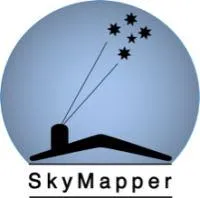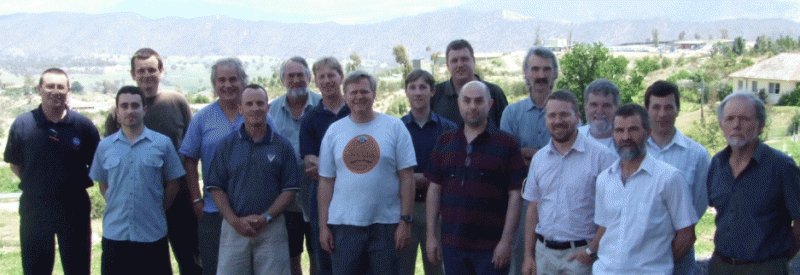
SkyMapper telescope
SkyMapper is a state-of-the-art automated wide-field survey telescope that represents a new vehicle for scientific discovery. It is sited under the dark skies of Siding Spring Observatory near Coonabarabran, in central NSW.
Content navigation
About

SkyMapper's mission is to robotically create a unique digital survey of the entire southern sky. The result are a massively detailed record of nearly a billion stars and galaxies, to a sensitivity one million times fainter than the human eye can see. The survey's data are made freely available to the scientific and general community via the internet.
SkyMapper has repeatedly imaged each part of the sky and can identify changes occurring within the Universe that would otherwise pass unnoticed. This enables astronomers to identify targets of special interest.
The volume and quality of SkyMapper data also enables astronomers to:
- discover rare types of stars in our Galaxy
- map the invisible material (known as dark matter), which makes up the majority of our Galaxy
- uncover the first quasars and stars to form in the Universe
In addition, it helps us locate stars and galaxies for future investigation using the next generation of extremely large optical telescopes like the Giant Magellan Telescope, and state of the art radio astronomy facilities such as the Australian Square Kilometre Array Pathfinder (ASKAP) and, looking further ahead, the Square Kilometre Array.
The SkyMapper Southern Survey has generated hundreds of terabytes of data. A distilled version of the survey data is made publicly available and includes the images of the stars, galaxies, and nebulae in the Southern sky, as well as a database containing the accurate colour, position, brightness, variability, and shape of every one of the objects.
Policy
The SkyMapper Southern Survey began in 2014 and Data Release 4 was made public in early 2024. Telescope time is now available for purchase.
Team

From left to right: Mike Petkovic, Tim Preston, Patrick Tisserand, Paddy Oates, Colin Vest, Gabe Bloxham, Mark Waterson, Brian Schmidt, Andrew Granlund, Andre de Gans, Marian Szczepkowski, Tony Martin-Jones, Stefan Keller, Bernie Keyes, Errol Kowald, Annino Vaccarella, Peter Conroy. Not pictured: Christian Wolf, Christopher Onken.
Related links
Equipment
Location
Siding Spring Observatory

